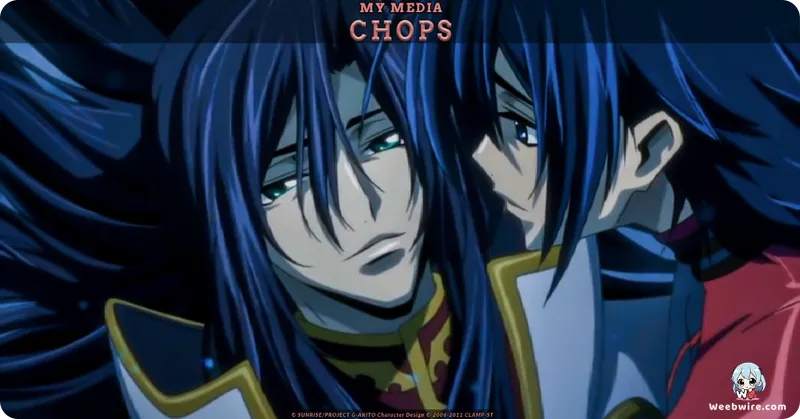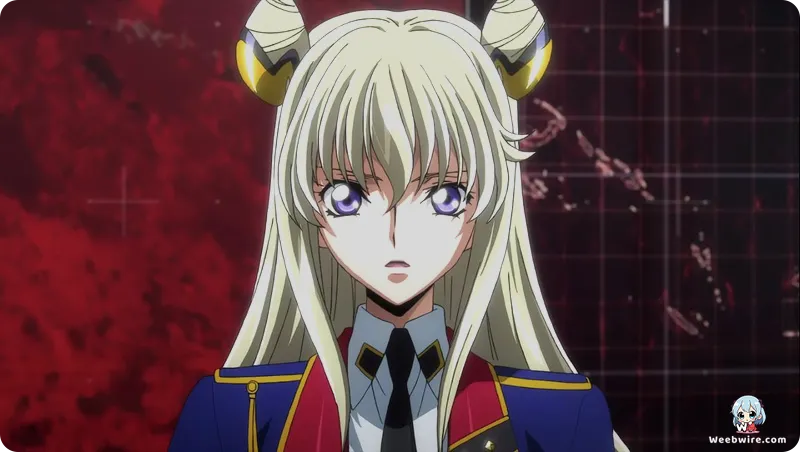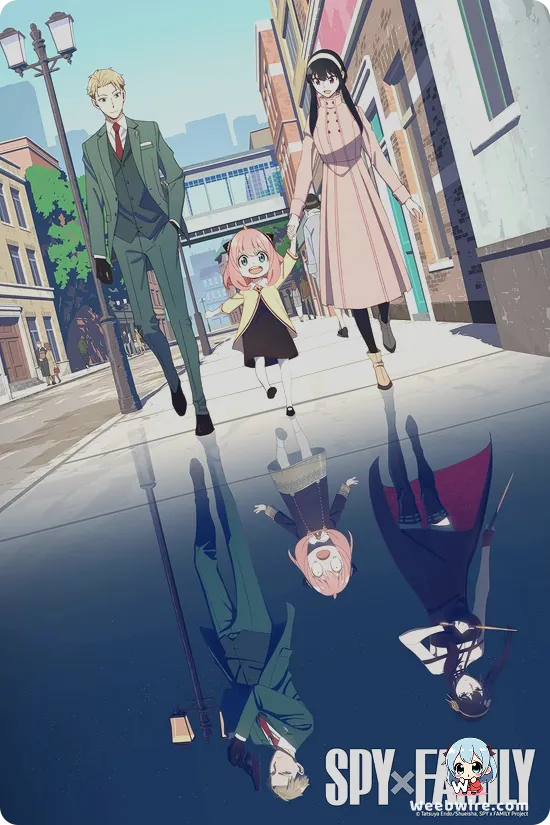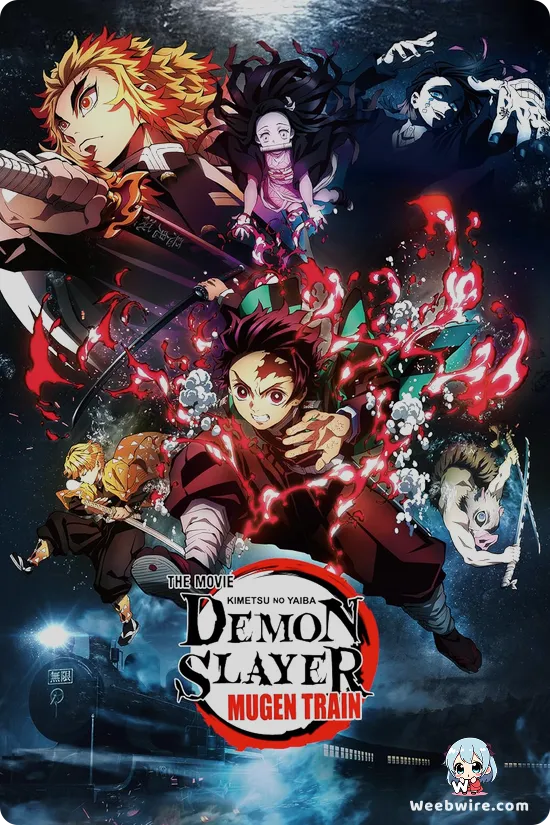Code Geass: Akito the Exiled - A Deeper Dive into the Franchise's Darker, Unsung Chapter

Emerging as a compelling, yet often overshadowed, chapter within the vast Code Geass saga, the five-part original video animation (OVA) series, Code Geass: Akito the Exiled, shattered expectations upon its 2012 debut. Far from a mere ancillary tale, this distinct entry forged its own narrative path, offering fans a remarkably fresh, darker, and deeply introspective journey that stands as a testament to creative divergence within a beloved universe. While Lelouch of the Rebellion captivated audiences with its grand geopolitical chess game, Akito the Exiled delved into the brutal realities of war and the profound internal struggles of its characters, carving out a unique and essential niche in anime history.
A New Director's Vision
At the heart of Akito the Exiled's distinctive identity was a pivotal directorial shift. The visionary Kazuki Akane, celebrated for his work on introspective and psychologically rich series like The Vision of Escaflowne and Noein: To Your Other Self, took the helm from Goro Taniguchi. Akane's influence permeated every frame, imbuing the OVA with a noticeably more somber atmosphere and an intense focus on the psychological depths of its protagonists, particularly the enigmatic Akito Hyuga and his resolute commander, Leila Malcal. This change steered the narrative away from large-scale strategic maneuvers towards a more personal, character-driven exploration of conflict.
The European Front
Intriguingly, the series strategically places itself between the events of Code Geass: Lelouch of the Rebellion R1 and R2, shifting the focus to the European front of the brutal war between the Holy Britannian Empire and the European Union (EU). This geographical relocation was a masterstroke, allowing the creative team to introduce an entirely new array of factions, innovative Knightmare Frame designs, and diverse cultural influences, elements largely absent from the main series' Japan-centric narrative. The European setting provided a raw, gritty backdrop, underscoring the grim realities of warfare far removed from the strategic brilliance of Lelouch.
Visual Advancements
Visually, Akito the Exiled marked a significant leap for the franchise. Eschewing the traditional 2D animation predominantly used for Knightmare Frames in the original series, Sunrise embraced extensive 3D CGI for the mecha sequences. This technological advancement delivered incredibly dynamic, fluid, and intricately detailed battle scenes, showcasing the agility and destructive power of new-generation Knightmares like Akito's custom-built Wyvern. The seamless fusion of 2D character animation with 3D mecha lent the OVA a distinct cinematic quality, setting it apart from its television predecessors.
Distinct Character Designs
The character designs also benefited from a unique collaborative effort. While CLAMP provided the foundational character concepts for the entire Code Geass universe, Akira Yasuda, renowned for his contributions to Turn A Gundam and Aquarion Evol, was brought in as the character designer for Akito the Exiled. Yasuda meticulously retained CLAMP's elegant, elongated aesthetic while infusing his own distinctive flair, ensuring the new cast felt both fresh and intrinsically linked to the established Code Geass visual identity.

Akito's Unique Geass
Perhaps the most compelling character detail lies in Akito Hyuga's unique Geass. Unlike Lelouch's command or Rolo's temporal stasis, Akito's ability manifests as a terrifying berserker-like state. Triggered by a specific command, he succumbs to an uncontrollable rage, gaining immense physical and combat prowess at the severe cost of his sanity and self-awareness. This Geass profoundly explores themes of trauma, control, and the inherent dangers of unchecked power, offering a psychologically intense portrayal distinct from Lelouch's manipulative application.
An Evocative Auditory Landscape
The auditory landscape further amplified the OVA's unique tone. Ichiko Hashimoto, an acclaimed jazz musician and composer, crafted a score that notably departed from the orchestral drama of the main series. Her eclectic blend of jazz, experimental, and atmospheric pieces perfectly complemented the OVA's darker, more introspective mood, adding layers of melancholy, tension, and even mystical wonder to scenes involving Akito's Geass or moments of deep introspection.
The Freedom of the OVA Format
The decision to produce Akito the Exiled as an OVA series provided invaluable creative freedoms. This format allowed for a more cinematic approach to storytelling, higher animation fidelity per episode, and a less constrained narrative structure compared to the demands of a weekly broadcast. Each installment could be treated as a mini-film, enabling meticulous attention to detail in animation, pacing, and thematic development, culminating in a visually stunning and emotionally resonant experience.
A Lasting Legacy
In essence, Code Geass: Akito the Exiled stands as a powerful testament to the versatility and depth of its universe. With its distinct directorial vision, innovative visual style, expanded geographical scope, nuanced character abilities, and groundbreaking musical score, it offers a darker, more personal tale. It enriches the franchise by exploring new narrative avenues and pushing creative boundaries, presenting fans with a compelling and often surprising look at the brutal realities of war and the enduring power of human connection, all while preserving the core essence of what makes Code Geass so captivating. Its legacy as a standalone yet integral part of the saga ensures its place as a truly unique entry, filled with facts that continue to intrigue even the most dedicated fans.
Credits
Code Geass: Akito the Exiled
Author
Sunrise, Ichirō Ōkouchi, Gorō Taniguchi (Original Concept)
Cover Art
Akira Yasuda, CLAMP (Original Character Concept)
Studio
Sunrise
Publisher
Bandai Visual
Producers





